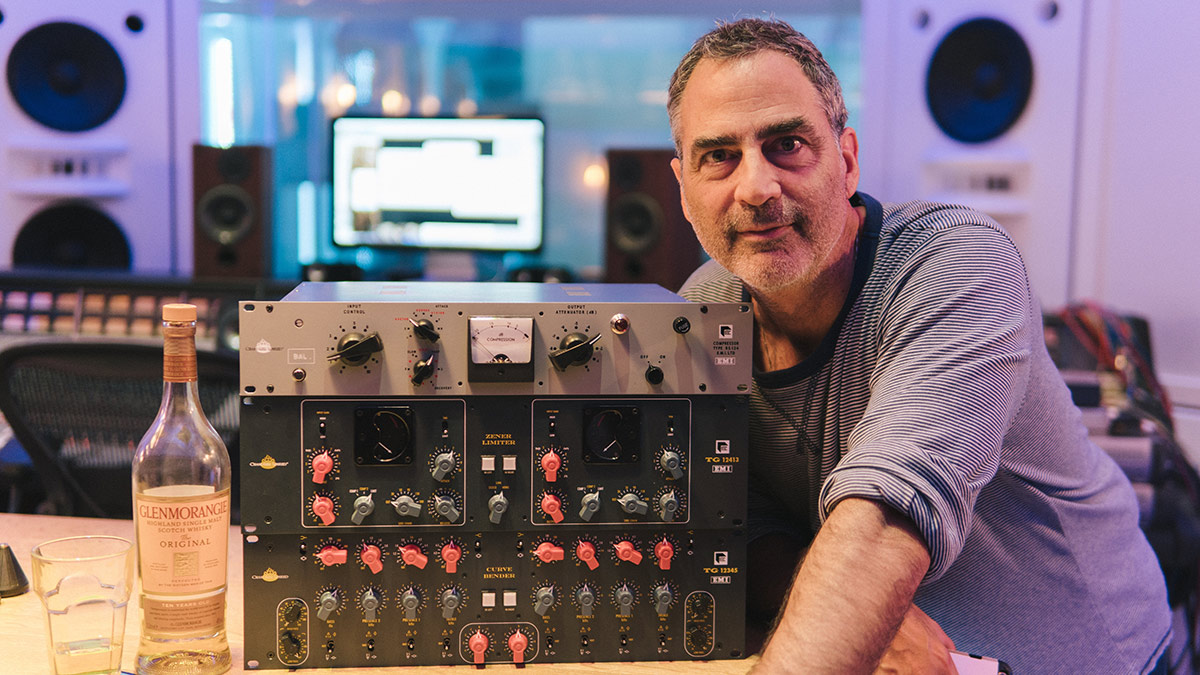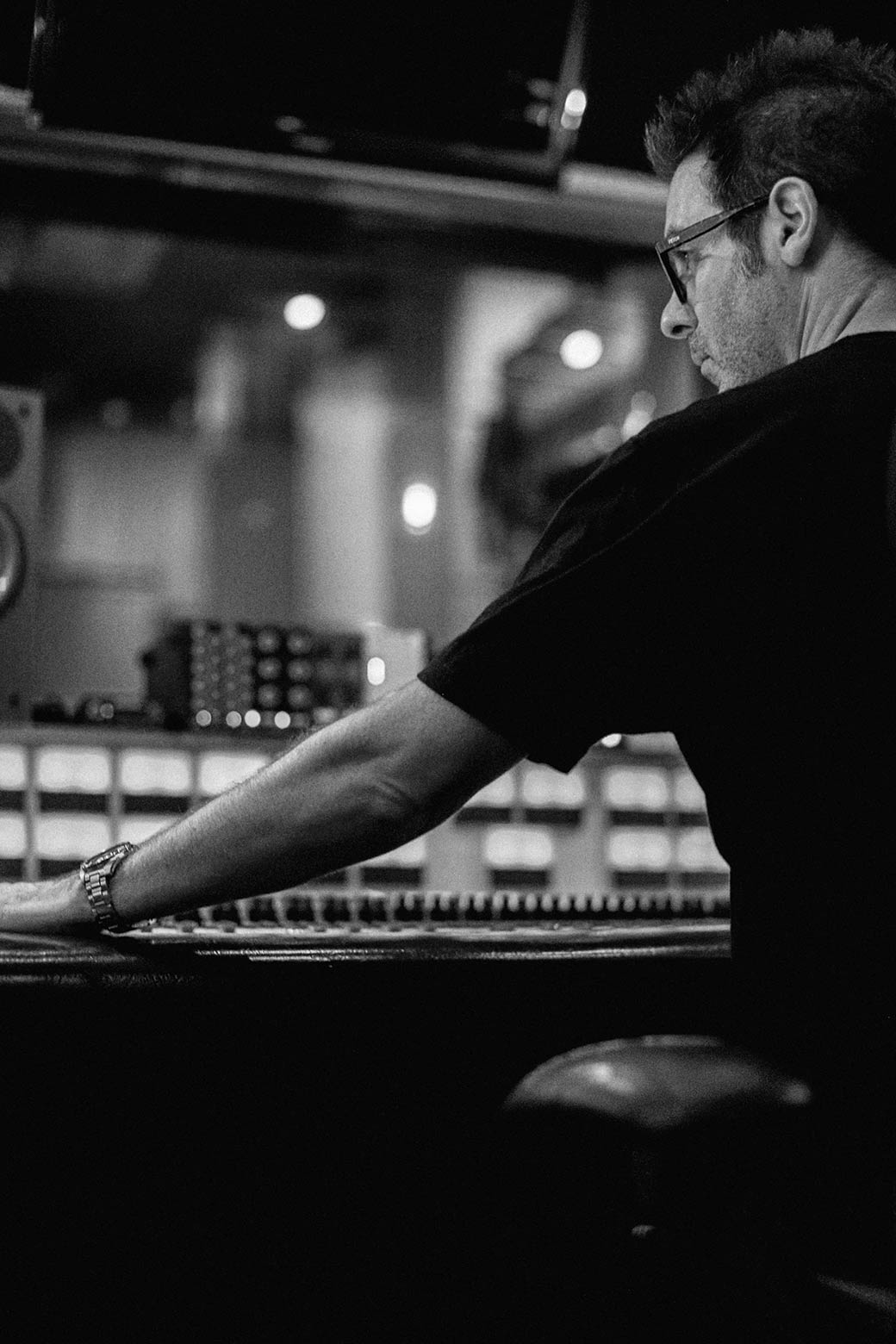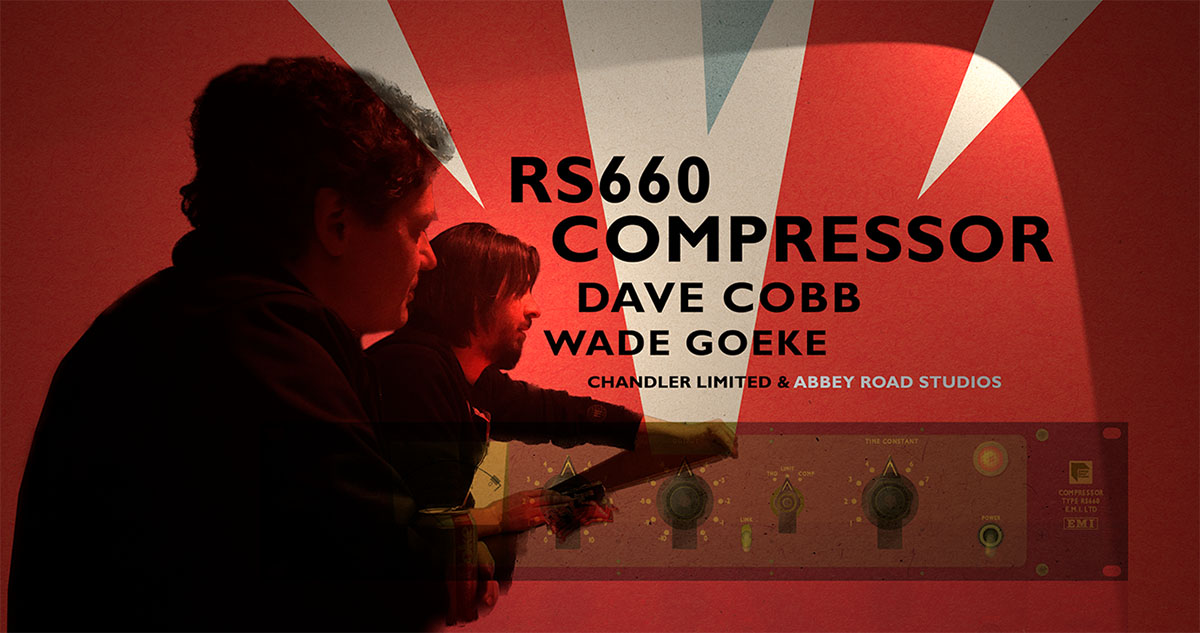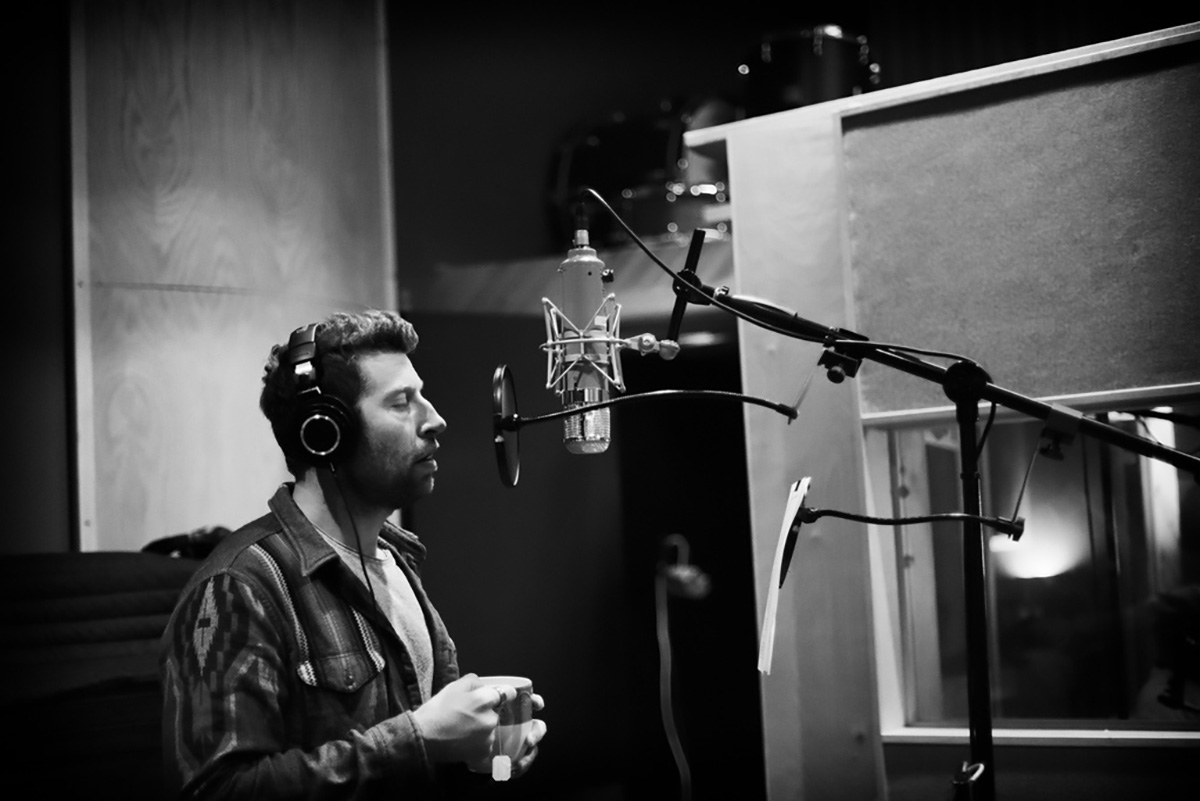Chandler Ltd./Abbey Road Passive TG Channel Classic British Sound Meets New Technologies
BY: BARRY RUDOLPH
Mix, Sept 1, 2004
The Chandler and Abbey Road crews have created another collectible classic, the Passive TG Channel. The single-rackspace unit contains a mic preamp and an equalizer that trace their origins back to the British EMI TG recording consoles. 1970s “transistorized” equipment designed to replace the tube gear in use at worldwide EMI studios since the 1950s. In addition to the Beatles' Abbey Road album, many other seminal records of the early ‘70s through 1983 were recorded on TG consoles, including Pink Floyd's Dark Side of the Moon.
The TG Channel comprises a single Chandler TG2 mic preamp, which is an exact copy (except for an additional buffer amp) of EMI's TG12428 amplifier from the TG Series mixing desk. The equalizer is passive and loosely based on EMI's TG12411 input module, but with RC (resistors and capacitors) tone control networks replaced with LC (inductors and caps) types. Using LC networks instead of RC circuits makes it more like classic tube equalizer designs such as the Pultec EQF-1A3 or Lang PEQ-2.
Solidly handmade in the U.S., the unit features an all-discrete Class A/B circuit with Carnhill/St. Ives input and output transformers. The hand coldered Elma controls and switches are mounted to an internal frame – not directly to the front of the panel – of the all-steel cabinet. The half-rackspace PSU-1 external power supply will run two units.
FRONT PANEL
The unit offers a well-marked front panel featuring large positive-feeling pushbuttons and old-school radio pointer knobs. A rear panel XLR input connector accepts mic or line level inputs. The line switch relay routes inputs to the mic input transformer or further upstream in the circuit for a 10K-ohm line input. I'd prefer to see a separate XLR for mic and line, especially when wiring the unit to a patchbay. I also miss the front panel ¼ inch instrument direct jack that is available on the Chandler TG2.
A single 15-position rotary switch adjusts mic gain from –15 to +55 dB or line gain from –25 to +45 dB in 5dB steps. There are large buttons for selecting phantom on/off, phase flip and EQ in/out. The output control is like a master volume control on a guitar amp. You can overload the mic preamp and dial this back to a proper record level or back down the preamp gain and run output near the top for a more pristine sound.
UNIQUE EQ
All three bands in the equalizer are progressive Q types: Q increases proportionally with increased boost. All three sections have off positions, effectively removing them from the signal path.
The equalizer starts with a high-frequency boost section with up to +18 dB of boost only. This section is really two equalizers: An RC type handles shelving for 16, 12, 8.1, and 6.8kHz frequencies; and an inductor-based peaking EQ circuit takes over for 3.9, 2.2, 1.8, or 1.2 kHz. There is also a hi-Q switch that increase the Q for the peaking equalizer only.
Designed to correct problems, the misrange or mid-cut section cuts up to 20 dB with a very sharp Q. The Q is very thin so you can remove mush without losing any power. Frequencies available include 350, 400, 500, 600, 700, and 850 Hz.
Finally the low-frequency section boosts up to 20 dB with an LC peaking circuit for 50, 70, 100, and 200 Hz frequencies. If desired, you can switch over to the LC shelving circuit to boost at either 100 or 200 Hz. There is also a low-cut switch for a roll-off that's 3 dB down at 80 Hz.
IN THE STUDIO
Like the Chandler TG2, the TG Channel's mic preamp section has a frequency response curve that is flat from 20 to 3k Hz. After 3 kHz, it starts a slow rise, finally getting up to 1.5 dB at 16 kHz. The TG Channel's preamp sounds like a cross between an API 512 mic preamp (Class-A/B) and Neve's 1272 amplifier (Class-A). There is more dynamic range with a harder, clearer sound than the smoother Neve modules tend to have.
I put the TG Channel to work on a male singer who has a strong, high tenor voice that can thin out easily if the mic and signal chain are not right. I used a new AKG C 4140 XL II microphone with anywhere from +20 to +30 dB of mic gain from the TG Channel. What a combo! I was able to open up the super top end (+4 dB @ 16 kHz) for a very transparent sound and also peak-boost 100 Hz by 4 dB to better print his lowest octave. I rarely boost low frequencies when recording vocals – either you get more plosives and pick up room tone and rumble, or vocals get boomy and too wooly sounding. The TG Channel's low-frequency EQ is marvelous for fattening without adding boominess. No mid cut was required.
The unit's EQ section was used again for a sorry sounding kick drum I recorded. By peak-boosting at +8 dB @ 100 Hz and using the low-cut. I shaped the kick perfectly for a good 4dB squash by an 1176LN. Now a solid bass drum that actually sounded good enough for a song demo, I slightly “over drove” the preamp section for a more aggressive sound.
The Chandler TG Channel is the most tube-like of any transistor preamp I've heard and follows in the tradition and sound of Chandler's whole line. Suggested retail price is $1900; the PSU-1 power supply is $125.
Chandler Limited, 319-885-4200, www.chandlerlimited.com
—Barry Rudolph. Barry is an L.A.-based recording engineer. Visit his Website at www.barryrudolph.com.






